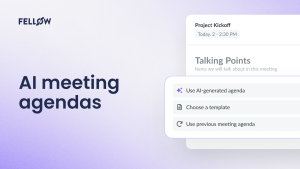In Agile methodologies, meetings play a crucial role in ensuring effective communication, collaboration, and progress tracking within the team. Here are some common formats for Agile meetings:
Sprint Planning Meeting
Overview
Sprint Planning is a crucial Agile meeting where the team plans the work to be accomplished in the upcoming sprint.
Activities
- Backlog Review: The Product Owner presents the prioritized backlog items to the team.
- Capacity Planning: Team members estimate the effort required for each backlog item.
- Task Breakdown: The team breaks down backlog items into smaller tasks.
- Commitment: The team commits to the sprint goal and selects the backlog items to work on.
Daily Stand-up Meeting
Overview
The Daily Stand-up, also known as the Daily Scrum, is a short, time-boxed meeting to align the team and inspect progress towards the sprint goal.
Activities
- Progress Update: Each team member shares what they accomplished yesterday, what they plan to do today, and any blockers.
- Blocker Resolution: The team discusses and resolves any blockers preventing progress.
- Re-alignment: Team members synchronize their efforts to ensure alignment towards the sprint goal.
Sprint Review Meeting
Overview
The Sprint Review is held at the end of the sprint to inspect the increment and adapt the Product Backlog if necessary.
Activities
- Demo: The team presents the completed work to stakeholders, showcasing the increment.
- Feedback Gathering: Stakeholders provide feedback on the increment.
- Product Backlog Update: Based on feedback, the Product Owner updates the backlog.

Sprint Retrospective Meeting
Overview
The Sprint Retrospective is a reflective meeting where the team discusses what went well, what could be improved, and how to adapt processes to increase efficiency in future sprints.
Activities
- Gather Data: The team collects data on what worked well and what didn't during the sprint.
- Generate Insights: Team members analyze the data to identify patterns and insights.
- Action Planning: The team collaboratively decides on action items to improve processes and practices.
- Follow-up: Action items are documented and followed up on in subsequent sprints.
For more resources on Agile meetings, you can visit Huddles: Agile Meeting Cases.
